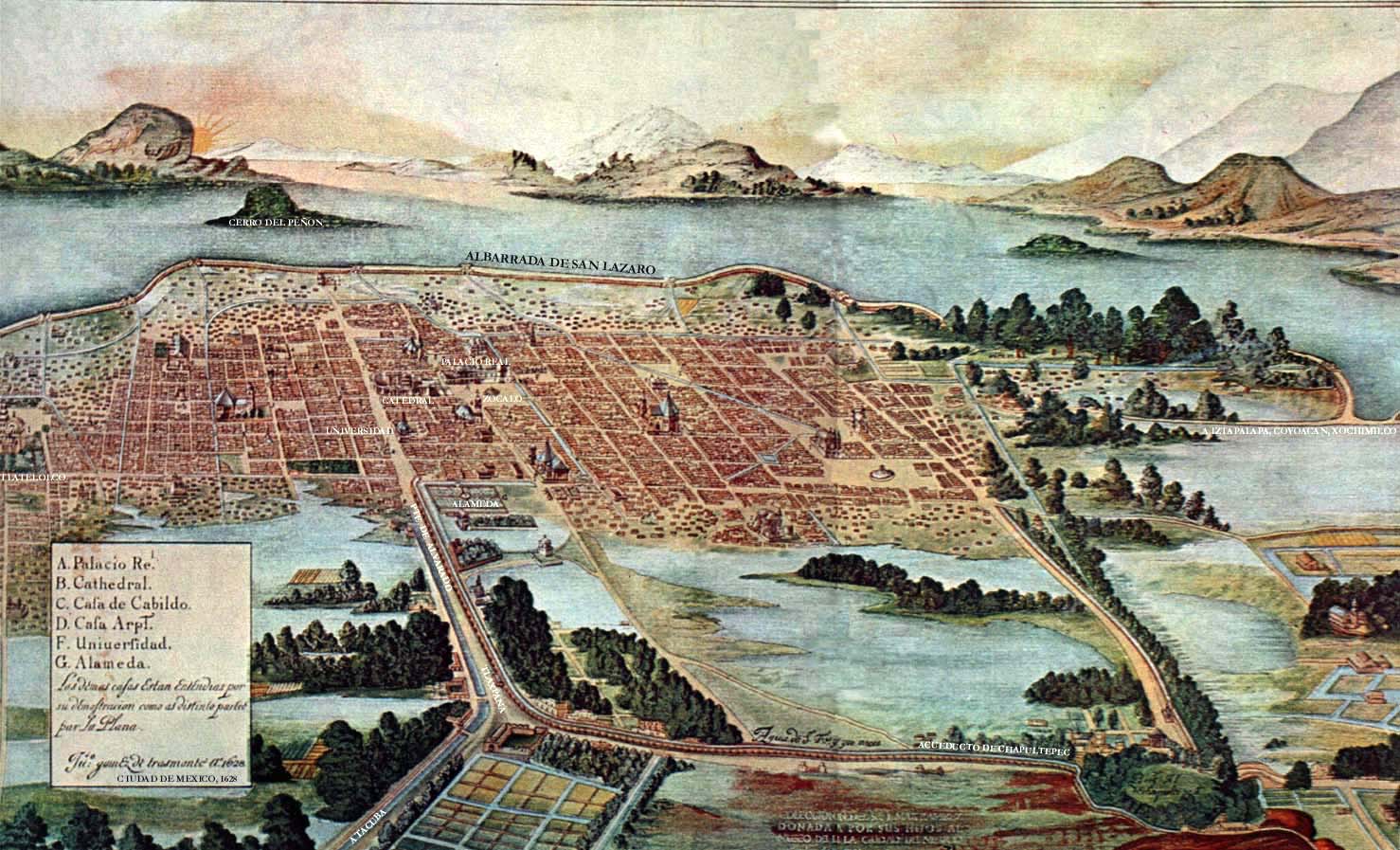
Mexico City smog in 1986

The same view today
Two decades worth of clean air policies have made a huge difference. Yet the work goes on.
In the 1959, the novelist Carlos Fuentes published his book, 'Where The Air is Clear.' It was set in Mexico City and the title was not ironic. At the time, visibility was 100km (62 miles) and no-one was anticipating the pea-souper conditions to follow. People could stand on a hill inside the city and look out across a seemingly endless vista. The dormant volcanoes, with their snow-capped summits, were stunning in the distance. The air felt crisp and healthy in their lungs.
Then came industrialization. The very landscape of Mexico's megacity held the pollutants, from cars and factories, inside its atmosphere. Mexico City might be 2,240m (7,349ft) above sea-level, but its local environment is in a dip. The mountains create a valley; while the plains within it slope downwards towards an ancient dried out lake-bed. It is here where Mexico City is built, initially on islands and man-made platforms in the lake, but now on its drained floor.

Mexico City, before the lakes were drained
The altitude held emissions in, while the landscape funnelled them straight back down into the city again.
Twenty years ago, the Mexican government, and city administration, began to look in earnest at cleaning up Mexico City's air. Transport was quickly targeted. All gasoline became unleaded. Cars now have to be fitted with catalytic converters, and pass emmissions tests every six months, in order to legally be on the road. Car-pooling is encouraged with awareness campaigns. Once a week, each car is stationary. The 'Hoy No Circula' (No Driving Day) initiative means that car-owners, in Mexico City, have to find alternate means of transport for one day of every week.
There is plenty to choose from. Mexico City now boasts of the largest subway system in Latin America; and the fourth largest in the world. It is also the world's cheapest subway to use. An estimated 1.4 billion people use it annually. There is also a tram system and 'light train' above ground. In 2005, a series of low-emission, articulated Metrobuses, began running along popular routes. The latest initiative, launched by Mayor Marcelo Ebrard, are bikes for hire, allowing commuters to cycle to where they need to be. The city's governors estimate that 74% of Mexico City's population regularly use public transport; people who might otherwise have been driving their cars.

Bikes for hire in Mexico City
Within the factories, all fuel oil had to be substituted with natural gas. The biggest polluters were relocated outside the city. 34 air quality monitoring stations are dotted throughout the city. They are constantly being watched by experts, all of whom are forever coming up with more schemes to further enhance air quality.
The battle isn't over, but tremendous improvements have been made. Today people can enjoy visibility at almost pre-industrial levels; while breathing is much easier.


No comments:
Post a Comment